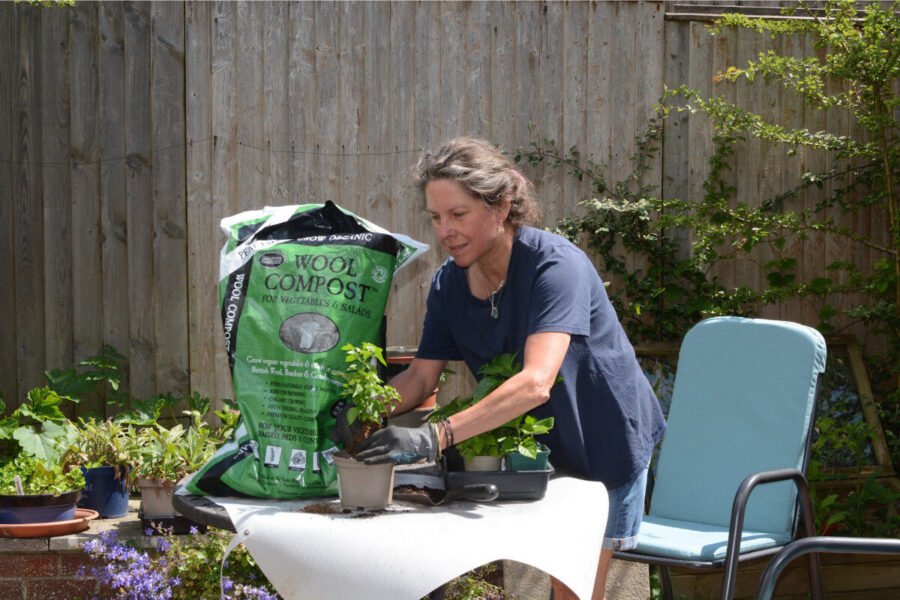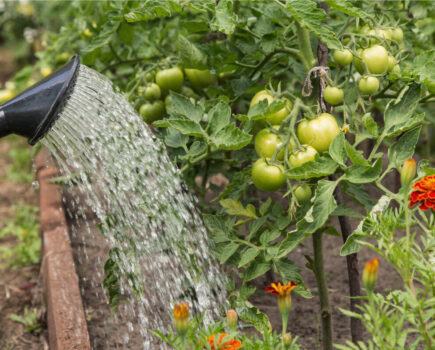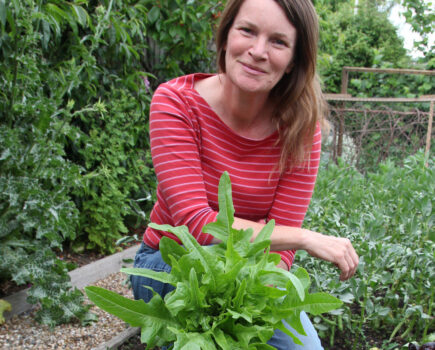Some light stress can make chilli fruits even hotter
This year’s chilli plants are growing well and as two of the varieties (‘Big Sun’ and ‘Paper Lantern Habanero’) are new ones to me, I’m keen for them to succeed.
They have been growing on a bright and warm windowsill indoors but now I’ve potted them into larger pots and moved them to the greenhouse.
Giving plants more room means that not only do their roots spread and take up more food and water, their compost is less likely to dry out (though do check it every few days, especially during hot spells).
The bushier the plants grow, the more chillies you can expect, so I have pinched them out to encourage branching.
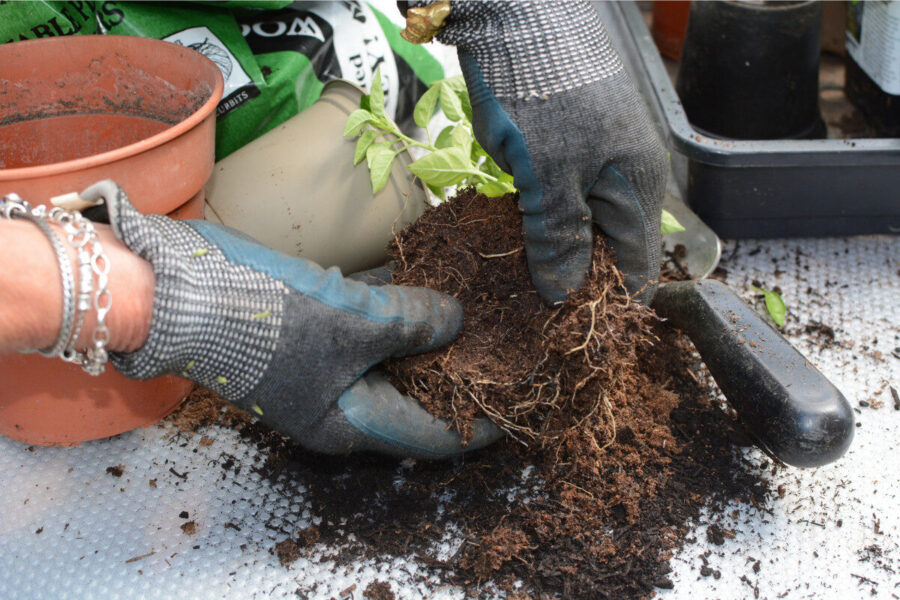
The three varieties I’m growing are pretty spicy, but did you know there are certain techniques a gardener can employ to make them even hotter?
Stressing chilli plants by limiting food and water and by breaking off leaves and early fruits is said to encourage them to produce more capsaicin, the chemical that produces the heat. Some expert growers even say that shouting at them helps – though I’m not sure what our neighbours would think if I started down that path!
But anything that puts your plants on high alert will create hotter chillies because in a natural environment, the less palatable they are to foraging animals, the more successful the plants will be at setting and ripening seeds.
Which reminds me, don’t forget that when your chillies are ripened and have been picked, save and dry some of the seeds for next year’s crop – I’ll write more about that when the time comes.
Potting up a dahlia
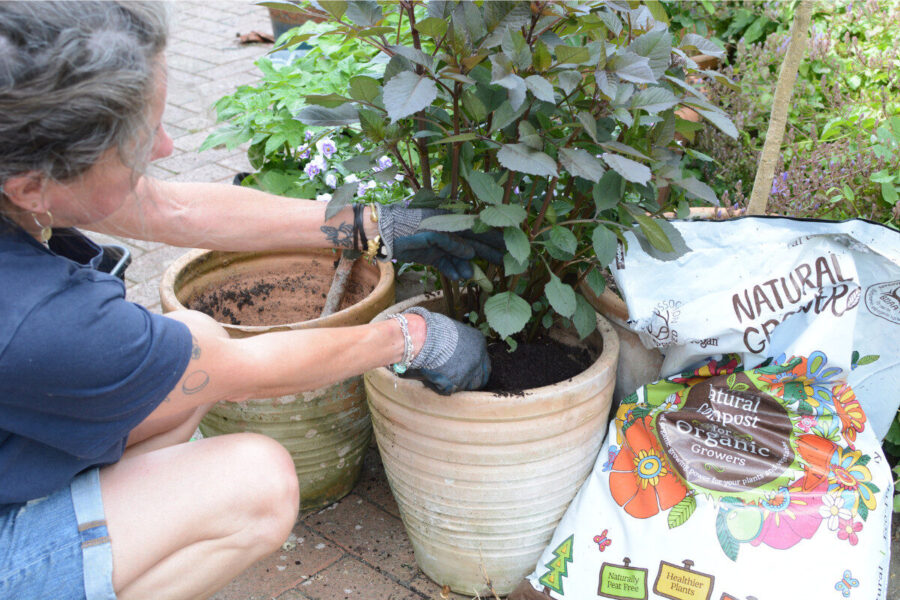
1. If potting up a large plant like this dahlia, place crocks at the base and fill part-way with peat-free potting compost. Nestle the plant’s rootball in the compost at the same depth it was growing in its pot, and infill with more compost until 5cm (2in) from the pot rim, then water well.
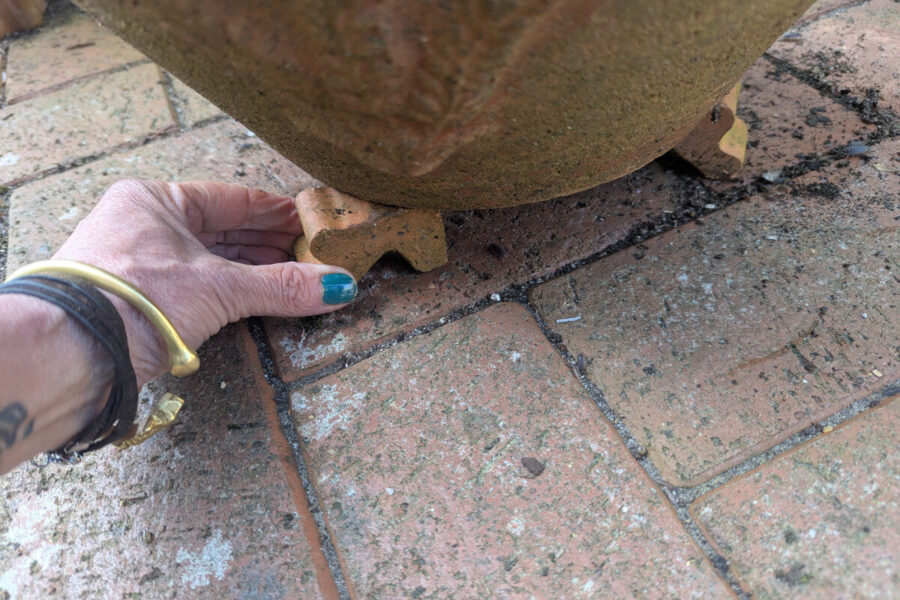
2. Always raise containers off the ground so excess water can escape. This prevents the compost becoming waterlogged which will drown the roots and cause tubers and bulbs to rot.
Keeping garden birds safe from cats
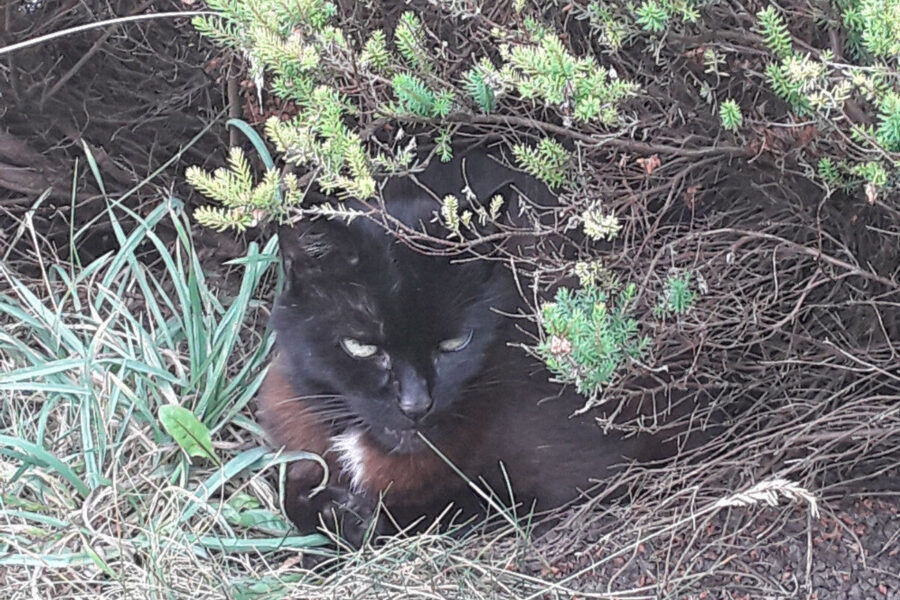
In the debate of ‘are you a dog person or a cat person’ I am firmly in Camp Cat.
And herein lies the problem, because while I adore cats, I don’t like the damage they do to the garden or our precious garden birds.
This year the garden has been a creche for broods of starlings, sparrows, blackbirds, great and blue tits and a fledgling great spotted woodpecker we have named Ozzie, because he’s a headbanger.
We want to keep them safe so have been taking precautions to deter the neighbourhood’s resident moggies.
So far we have used deterrent pepper spray, widely available from garden centres, and adding plants that cats apparently don’t like.
These include curry herb plant (Helichrysum Italicum), lavender, rosemary and rue. We’ve also planted Nepeta, or catmint, which sounds counterintuitive but if planted away from bird feeders and bird baths, it can distract cats.
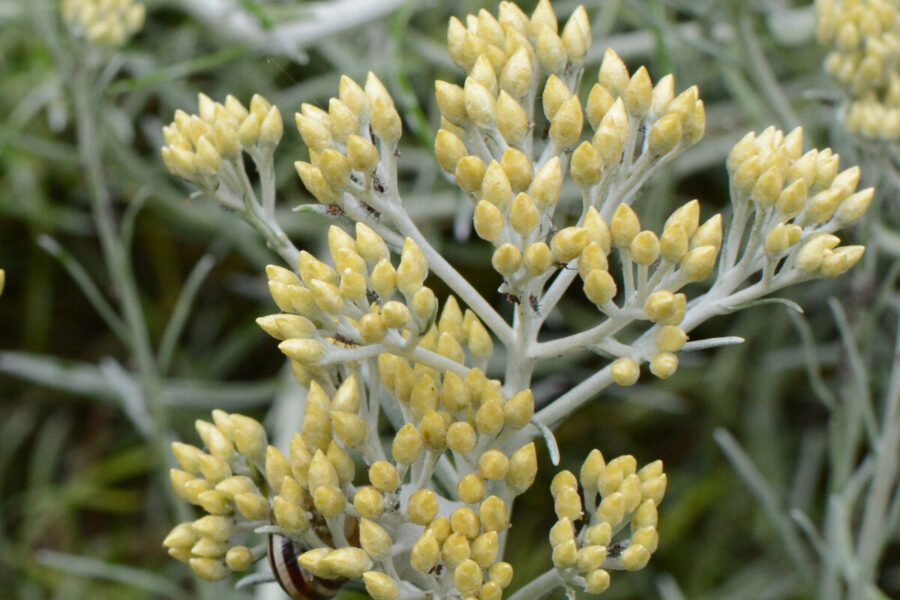
Sonic deterrents as well as those that spray water are widely available, but having tried a sonic mole repeller that made absolutely no difference to the mole activity in our garden, I’m keeping my pennies in my pocket.
The easiest thing to do is position feeding stations and water away from shrubbery and dense planting where cats can hide, and if you have a cat yourself, please, please, give it a collar with a bell.
Find more tips, advice and articles like this at the Amateur Gardening website. Subscribe to Amateur Gardening magazine now

